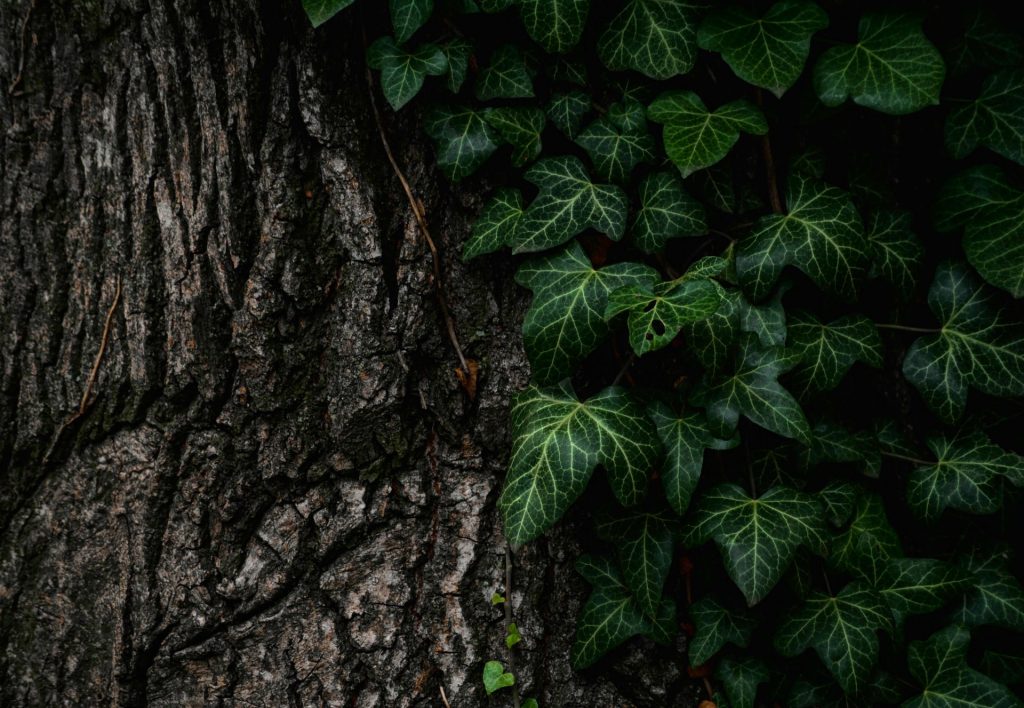 Earth on the Edge (EOTE), a newly established non-profit organization in Oregon, is aiming to save our planet one invasive species at a time. The organization’s president, Monte Harris, began his eco-friendly work during the onset of the pandemic, committing to tackle the highly invasive English ivy.
Earth on the Edge (EOTE), a newly established non-profit organization in Oregon, is aiming to save our planet one invasive species at a time. The organization’s president, Monte Harris, began his eco-friendly work during the onset of the pandemic, committing to tackle the highly invasive English ivy.
Oregon is home to three different types of ivy: English ivy, Atlantic ivy, and Persian ivy — although all three types technically fall under the English ivy umbrella. When the ivy grows, its thick structure blocks valuable sunlight for other plants. Additionally, ivy crowds forest floors, suffocating and leaving little room for other plants to grow and thrive — including Oregon’s trees.
“It [ivy] steals the nutrients and water from the trees. Hundreds of thousands of trees that will be dead in ten years if the ivy’s not taken off,” Harris told KGW8.
Ivy also creates a prime habitat for wildfires, according to Alexander O’Keefe, EOTE advisory board member and secretary. “When you have a lot of choked out trees standing up,” said O’Keefe, “they’re basically kindling waiting to light up.”
Harris claims forests in Clackamas County are infamous for their ivy problem. In September of 2020, several wildfires ravaged the area, including the devastating Beachie Creek Fire, which consumed nearly 200,000 acres on its own. Since his work began, Harris has freed roughly a thousand Clackamas County trees from ivy.
O’Keefe added that erosion and watershed pollution are also side effects of ivy-induced tree loss. “Invasive species as a whole cost billions of dollars each year,” he said.
Harris concluded that there is “still time” to reverse the damage done by these invasive species and set Oregon on a path toward environmental healing.
Want to get involved? You can find EOTE volunteer opportunities here, where you can play an active role in environmental restoration through ivy removal, tree planting, and more.
By: Rebekah Harcrow
Do you have a story for The Advocate? Email editor@corvallisadvocate.com


